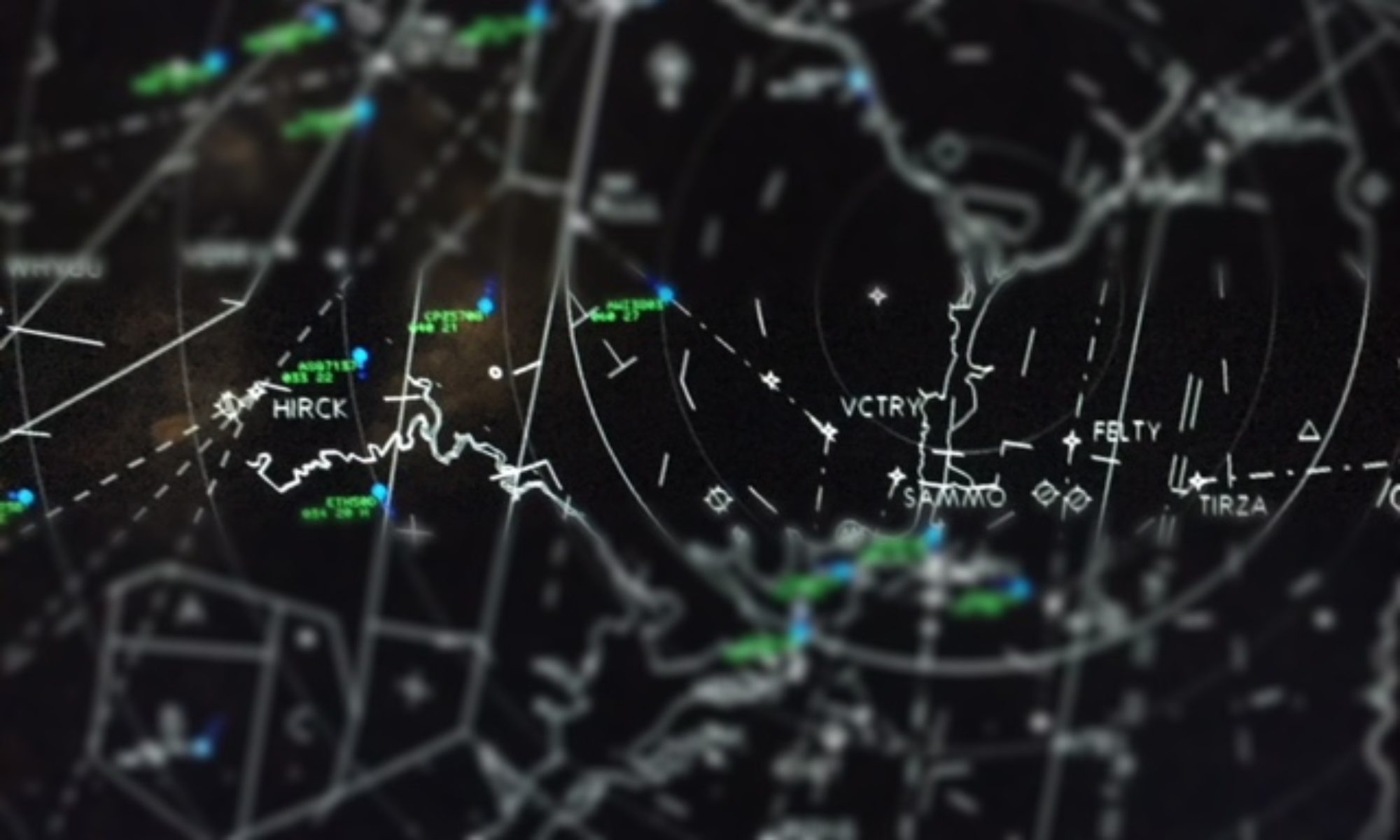Designing and building a new ATC/ATM system begins with a thorough understanding of the technology and safety standards of today, which are constantly evolving to meet the demands of an increasingly complex air traffic landscape. This foundational knowledge must be complemented by the incorporation of industry methodologies, such as Agile and DevSecOps, which promote iterative development and ensure that security is integrated into every stage of the process. Additionally, it is crucial to secure a stable funding stream that can sustain the project through its various phases, allowing for continued innovation and adaptation to new challenges. Furthermore, active user and stakeholder input from start to finish is essential, as it not only enhances the system’s relevance and usability but also fosters a collaborative environment where diverse perspectives can guide the design and implementation, ultimately leading to a more effective and reliable air traffic control and management system that prioritizes safety and efficiency.
Key Elements to Consider when Designing a New ATC/ATM System
Surveillance technology:
– Radar systems (primary and secondary) to track aircraft positions.
– Automatic Dependent Surveillance – Broadcast (ADS-B) for real-time aircraft position updates.
– Advanced surveillance technologies like multilateration or ADS-B with position information.
Communication Systems:
– Voice communication systems for pilot-controller interaction.
– Data link communication for transmitting flight data and instructions.
– Secure communication protocols to prevent errors.
Airspace Management:
– Sectorization of airspace to manage traffic efficiently.
– Flight planning and routing algorithms for optimal flight paths.
– Traffic flow management tools to optimize aircraft sequencing
User Interface Design:
– Intuitive displays for controllers to visualize aircraft positions and flight data.
– Ergonomic design of control consoles to minimize operator fatigue
– Customizable display options to suit different controller needs
Data Integration:
– Integration of data from various sources like weather systems, airport systems, and aircraft.
– Data processing capabilities to provide real-time information to controllers
Safety Features:
– Conflict detection and resolution systems to prevent mid-air collisions
– Alerting systems to notify controllers of potential safety issues
– Backup systems to maintain functionality in case of failures
Human Factors Engineering:
– Consideration of cognitive workload and decision-making processes of controllers
– Training programs designed to optimize controller performance with new systems
Testing and Validation:
– Rigorous testing in simulated environments to identify potential issues
– User feedback from controllers and pilots from start to finish to refine system design
Surveillance technology:
– Radar systems (primary and secondary) to track aircraft positions.
– Automatic Dependent Surveillance – Broadcast (ADS-B) for real-time aircraft position updates.
– Advanced surveillance technologies like multilateration or ADS-B with position information.
Communication Systems:
– Voice communication systems for pilot-controller interaction.
– Data link communication for transmitting flight data and instructions.
– Secure communication protocols to prevent errors.
Airspace Management:
– Sectorization of airspace to manage traffic efficiently.
– Flight planning and routing algorithms for optimal flight paths.
– Traffic flow management tools to optimize aircraft sequencing
User Interface Design:
– Intuitive displays for controllers to visualize aircraft positions and flight data.
– Ergonomic design of control consoles to minimize operator fatigue
– Customizable display options to suit different controller needs
Data Integration:
– Integration of data from various sources like weather systems, airport systems, and aircraft.
– Data processing capabilities to provide real-time information to controllers
Safety Features:
– Conflict detection and resolution systems to prevent mid-air collisions
– Alerting systems to notify controllers of potential safety issues
– Backup systems to maintain functionality in case of failures
Human Factors Engineering:
– Consideration of cognitive workload and decision-making processes of controllers
– Training programs designed to optimize controller performance with new systems
Testing and Validation:
– Rigorous testing in simulated environments to identify potential issues
– User feedback from controllers and pilots from start to finish to refine system design
Important Aspects to Consider Throughout the Design Process
Interoperability:
– Ensuring the new system can seamlessly integrate with existing ATC systems.
Scalability:
– Ability to adapt to future airspace demands and technological advancements.
Cybersecurity:
– Protecting the system against cyber threats.
Cost-effectiveness:
– Balancing the cost of development and implementation with the benefits of the new system.
And much more.
